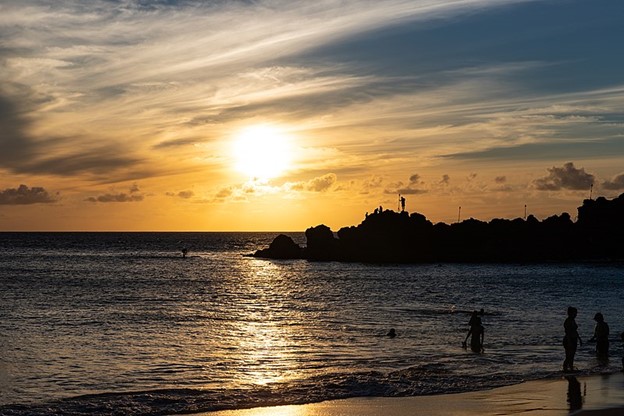A recent news report by KITV4 discusses a 57-year-old woman who was found unresponsive face down in the ocean after participating in snorkeling in Hawaii. On last reported update she is in critical condition. She isn’t the only one in just the past year either, and sadly this is a more common occurrence than many would hope. In Hawaii, it is commonplace to participate in open water activities involving the use of a snorkel, ranging from tourists to more extreme athletes such as spearfishermen. The Hawaii State Department of Health has noted that drowning is the 5th leading cause of death in Hawaii residents and that snorkeling was the most commonly associated activity. This led to a public health research study that looked at factors that could be predisposing snorkelers to drowning. In addition to other portions of the investigation, they reviewed 98 medical examiner drowning reports between 2017 to 2019, of which 32 deaths were related to snorkeling, and of those cases, 15 were found to likely be due to hypoxia from rapid onset pulmonary edema (ROPE). The authors claim that ROPE in association with snorkeling has had limited research on its occurrence. The concept of ROPE being caused by snorkeling caught a small amount of media attention with the study’s preliminary release given that it seemed to be a novel concept, especially to the public.
Acute onset pulmonary edema in the setting of water activities is a relatively new pathology first described in 1989 by Wilmshurst et al. (great video by him on the topic!) and now subcategorized under the umbrella of immersion pulmonary edema (IPE). These subcategories include swimming-induced pulmonary edema (SIPE), scuba divers’ pulmonary edema (SDPE), and snorkeling induced rapid onset pulmonary edema (SIROPE). IPE has been documented in a myriad of water activities including military training, triathlons, diving, and more. This topic should be of high importance to all medical providers in austere, military, event, or even tourist settings involving water due to the ubiquitous nature with which it would seem that this occurs. It has been speculated to be a possible cause of deadly drownings in even elite athletes and others. Due to the relative difficulty of studying this disease, our understanding and even awareness remains relatively limited. The current theoretical pathophysiologic basis for IPE seems most likely due to increased central venous pooling in addition to physical exertion and other factors that result in pathologically significant increases in pulmonary capillary pressures.
While those of older age and pre-existing cardiac conditions that predispose to pulmonary edema are at risk, young healthy athletic adults are most often affected. The condition is rapid in its onset with the most commonly noted signs and symptoms being hypoxemia, productive cough of white sputum or hemoptysis, and crackles on lung auscultation. Because treatment of IPE has not been specifically studied in randomized trials, treatment is largely the same as for any other type of pulmonary edema, including removing the person immediately from the water, removing the constrictive wetsuit if present, and placing them in a warm environment; supportive care such oxygen, diuretics, and β2 agonists and may be administered as necessary. IPE characteristically resolves within 48 hours. For this reason, it’s arguably most important for medical providers to acknowledge and educate others on the signs and symptoms of IPE early and intervene before hypoxemia is significant enough for affected persons to have an alteration in mentation or complete loss of consciousness while immersed or engaged in water activities.

Black Rock in Maui, Hawaii. A popular snorkeling spot that even the Maui Fire Department Chief claims is the drowning capital of the state. Photo credit: dronepicr, CC BY 2.0 via Wikimedia Commons